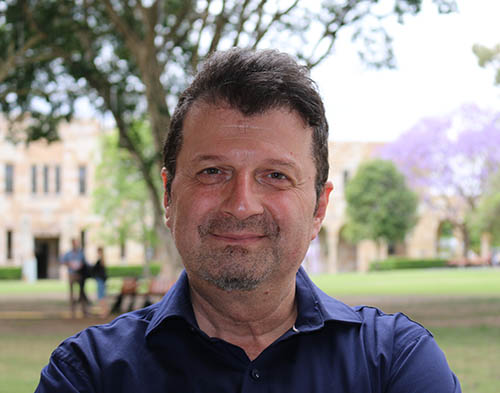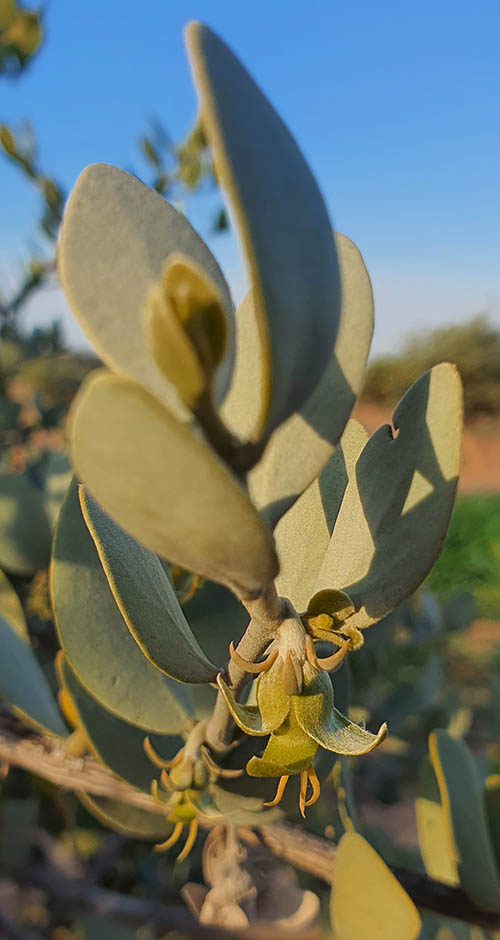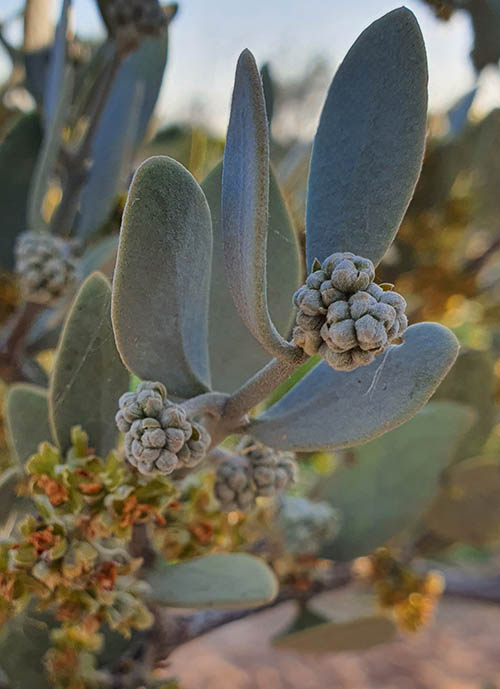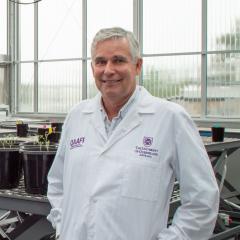Researchers have developed a test to distinguish the gender of jojoba plants to help in crop planning, with the female of the species shown to significantly outlive the male.
After sequencing the plant’s genome, The University of Queensland and King Faisal University are now using a DNA test to distinguish male and female seedlings to ensure more female plants are produced.
Dr Ardy Kharabian Masouleh from the Queensland Alliance for Agriculture and Food Innovation (QAAFI) said this would be important for crop planning as while the females live longer and produce the seed, male seedlings outnumber female.

“Like people, we discovered an X or Y chromosome determines whether they’re male or female and there seem to be many more male jojoba plants than there are female plants, which carry the seed,” Dr Kharabian Masouleh said.
“What’s different here is that the male chromosome is the big one, and the males have many genes the females don’t have.”
Professor Robert Henry said it appeared the male and female of the species had developed different survival strategies.
“The female plants put their roots down more deeply and plan to be there a long time to get big enough to produce the big seeds required, whereas the males don’t need to survive that long," Professor Henry said.
“They can very quickly develop, flourish and produce pollen.
“To be successful in reproduction, the males can have a somewhat different lifestyle to the females, which means that the males and females become more and more diverse over time.

“They’re under quite different natural selection, and so it’s interesting biology to compare what is happening in plants and what is happening in animals.”
The research was commissioned in collaboration with a dry country where no crops grow except for the date palm.
Associate Professor Ibrahim Al-Mssallem at King Faisal University in Saudi Arabia said field experiments demonstrated that jojoba was a good candidate for severe climate conditions in the Arabian Peninsula.
“I’m confident the novel genomics results achieved by King Faisal University postgraduate students in collaboration with QAAFI scientists, will mean the jojoba plant could provide another source of food security,” he said.
Dr Kharabian said it was hoped the jojoba plant could be the second crop grown in Saudi Arabia.
The oil produced from the jojoba seed is already well known in the cosmetics industry and the leaves could be a potential animal feed.

“Saudi researchers are highly interested in jojoba because it’s highly drought tolerant,” he said.
“They want to grow millions of these plants around their cities to combat the desert and hopefully make a profit.”
Jojoba’s drought tolerance is also the target for further research.
“We are looking in detail at the genes now to understand the significance of the differences,” Professor Henry said.
“We want to take it to the point where we begin to look at improving the plant, to see if we can make it suitable for animal feed by changing some of the composition.
“If we can make jojoba more edible and nutritious for animals, then we have potential extra use for the non-seed part of the plant.
“We can harvest the seed and let the camel eat the rest of the plant.
"There may also be implications in discovering more about its drought tolerance, which could then be applied in other plants.
“We know the science is going to keep happening here.”
Media: Dr Ardashir Kharabian Masouleh, a.kharabianmasouleh@uq.edu.au, +61 (0)405 134478; Prof Robert Henry, robert.henry@uq.edu.au; QAAFI Communications, Natalie MacGregor, n.macgregor@uq.edu.au, +61 (0)409 135 651.
Images are available via Dropbox.
The Queensland Alliance for Agriculture and Food Innovation is a research institute at The University of Queensland supported by the Queensland Government via the Queensland Department of Agriculture and Fisheries.



